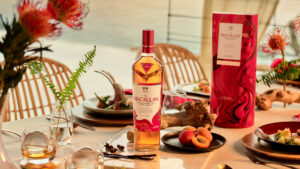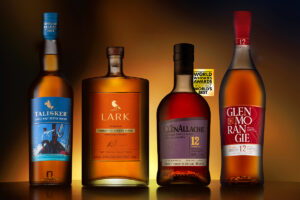When it comes to scotch whisky, it’s easy to fall behind the eight-ball. For all the enjoying (or indeed, pretending to enjoy) that we do of the storied Scottish libation, we often forget that there’s a whole cultural heritage behind it that dates back 500+ years.
Translation? Should you be curious, there’s actually quite a bit of learning to do.
Granted, we’re not saying you need to be capable of launching into a Jim Murray-esque monologue every time you enjoy a casual dram among friends; but it is important to have a working knowledge of the basics, should the need to talk turkey arise.
Suffice it to say, considering it’s such an old venerable spirit, Scotch whisky can lay claim to more than its fair share of confusing and esoteric terminology.
A discussion among malt obsessives can invariably involve the dropping of terms like “butt” and “legs.” We assure you: within this particular context, their usage is hardly titillating.
To ensure nothing else is similarly lost in translation, we’ve handpicked a glossary of the most essential scotch whisky terms you’ll probably need to know for World Whisk(e)y Day (May 17th this year).
Jump To:
Scotch Whisky 101
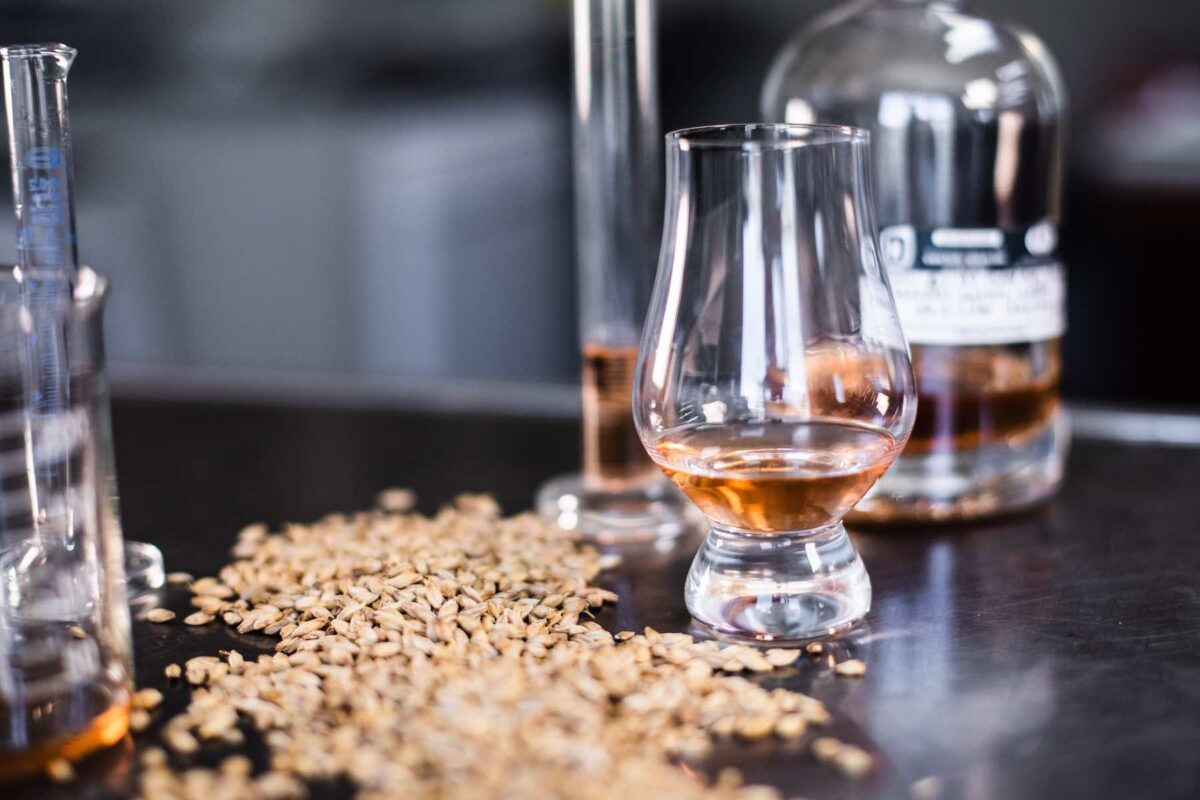
Cask Strength
Refers to whisky that is bottled at the same alcoholic proof which it came straight out of barrel. Note that in Scotland, the term “cask” is popularly used instead of the word “barrel.”
Cooper
A craftsperson who uses various tools (most notably a hammer) in order to make the oak casks essential for maturing whisky. Often an intergenerational profession, coopering is one of the most traditional crafts in whisky production.
Fun fact: the word derives from the Middle Dutch kūper – itself a reference to the Latin for “tun” or “barrel.”
Cooperage
The process by which whisky is matured in barrels. Over 70% of a whisky’s flavour comes from the cooperage: essentially, exposure of the raw spirit to varying levels of extraction and oxidization that occur inside the barrel. In Bourbon and blended whisky making, the cooperage usually utilises new barrels; whereas the majority of single malt whisky production involves used Spanish sherry or American oak barrels.
Dram
Technically a specific unit of measurement (i.e. 1/8 fl oz), a “dram” more commonly refers to an unspecified quantity of whisky. In casual conversation, the word is commonly invoked as a synonym for “beverage”: hence the phrase, “fancy a dram?”
Malt
The proverbial malt in “malt whisky,” this term may refer to the 100% malted barley used by distillers to craft single malt whisky. By UK law, a whisky can only be marketed as a “single malt” expression if the cereal grains used to make it have been malted, milled, and mashed in one distillery.
Neat
A style of serving whisky. In contrast to drinking “on the rocks,” whisky served neat is poured straight from the bottle into your preferred glassware. Without the addition of ice or water.
Proof
The alcohol content of a liquid compared to its volume. In the UK, this is calculated by multiplying the ABV (alcohol by volume) of a whisky by a value of 1.75. For the US, multiply by two.
Whisk(e)y
A malt and/or grain-based spirit that is matured in oak casks. It’s important to note that how you spell the term varies based on the whisky’s ultimate place of origin. Spirits from Scotland, Canada, Japan, Australia, and Taiwan are spelled “whisky”; whereas, those from Ireland and the USA are spelled “whiskey.”
The Technical Stuff
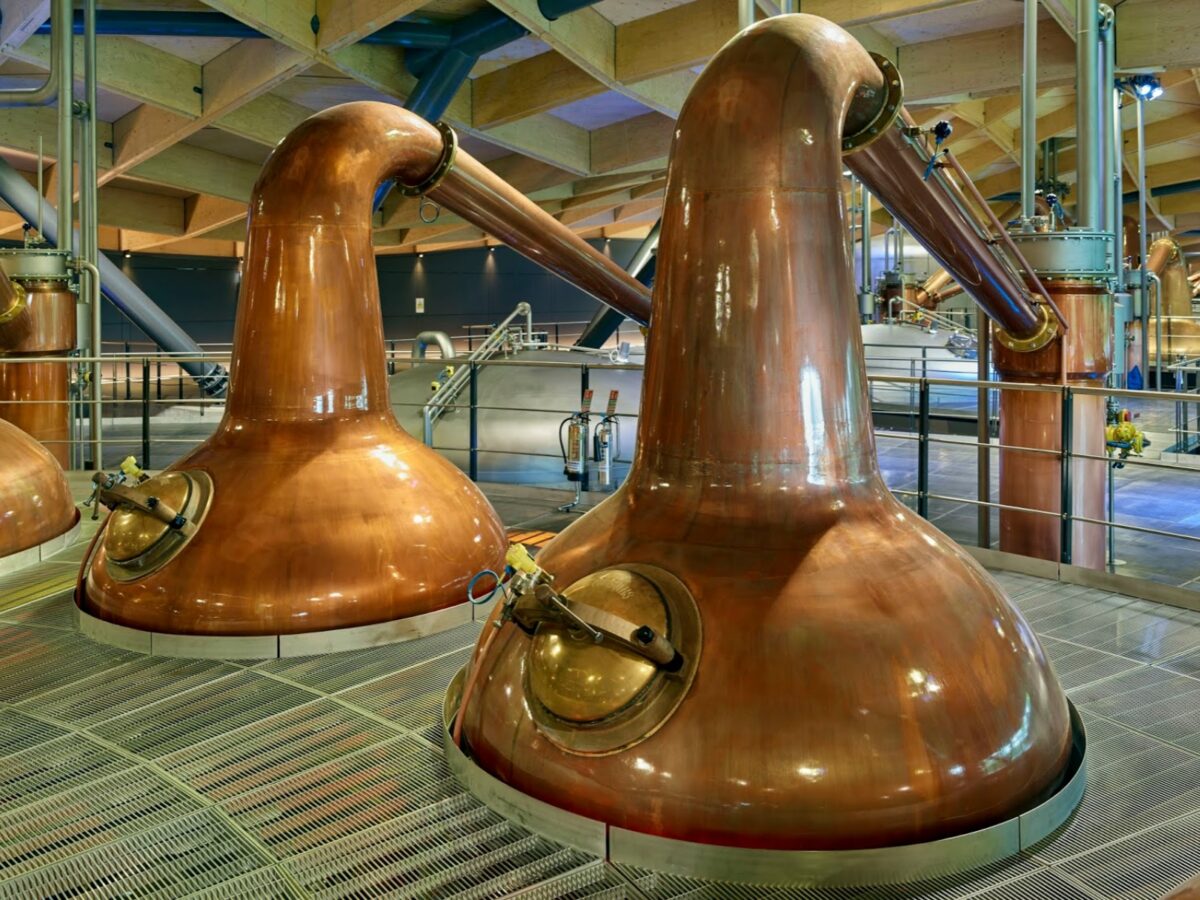
Angels’ Share
A euphemistic phrase referring to the portion of whisky in-barrel that is always lost to evaporation. In cool climates such as Scotland, this averages around 2% per year; whereas distilleries in subtropical environments – particularly those in Taiwan and India – can lose up to 12% of their casks to the “Angels.”
Butt
A size of oak cask that holds approximately 475-500L. Butts figure prominently in the production processes of Speyside whisky brands because they are initially used to mature Spanish sherry. These are subsequently shipped to Scotland, where they act as finishing casks for Scotch whisky that is primarily matured in ex-bourbon casks.
Char
The process of exposing an oak cask to controlled fire, in order to “prime” the wood and catalyze chemical changes that enhance the flavour of the spirit in-barrel. A lightly toasted barrel might only be exposed to flames for a duration averaging 15 seconds; whereas a full minute is common in the case of heavily charred casks.
First-Fill
A cask that is being used to mature new make spirit for the first time.
Hoggie
Short for “hogshead,” these European casks are slightly larger than the standard American barrel; averaging a volume of 250L.
Maturation
The process of ageing whisky. Simple as that. Pursuant to the Scotch Whisky Regulations 2009, spirits must be left to mature for at least three years in order to satisfy the legal definition of Scotch whisky. In reality, most commercial whisky brands mature their age-statement bottlings for at least 10 years.
New Make
The extremely high-proof spirit that comes straight off the still during distillation. Technically not yet whisky, this liquid must be poured into casks and left to continuously mature (in accordance with UK law) for at least three years.
Fun fact: Though extremely alcoholic (often in excess of 60% ABV), new make spirit is technically edible.
Still
An apparatus (traditionally fashioned from copper) that uses heat to boil liquid and condense the resulting vapour. Essential for the distillation of perfume, various medicines, and of course, whisky.
Virgin Cask
A new cask that has not been used to mature spirits before. By US law, Bourbon distillers are obliged to use virgin casks in the maturation of their new make spirit. By contrast, Scottish whisky makers are allowed to use ex-Bourbon casks.
Tasting Notes
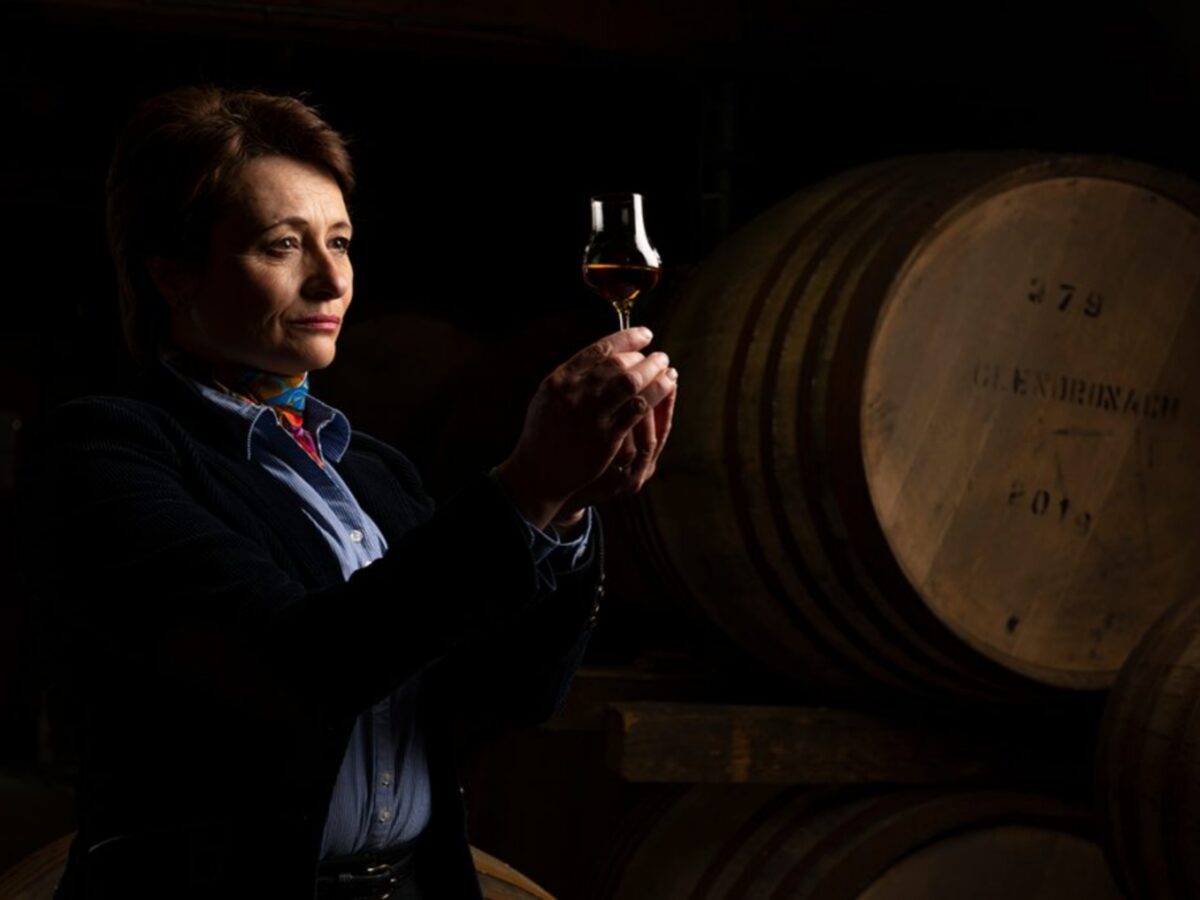
Ester-y
Tasting strongly of ester (i.e. chemical compounds that form as a result of fermentation exhibiting a fruity, floral flavour).
Extraction
The process by which new make spirit strips sugars and flavour compounds out of the wood barrels it is being matured in.
Finish
A term commonly used in wine/spirits appreciation. Describes the texture and various flavours that linger on the palate after whisky has been imbibed. According to conventional Scotch wisdom, the longer the finish the more desirable.
Heather
A descriptor specific to Scotch whisky; referring to a kind of mounding evergreen shrub indigenous to the Scottish Highlands. A catch-all term used to describe creamy, malted or slightly peppery notes when tasting whisky.
Legs
Refers to the drops/coating of liquid that runs down the bowl of your glass post-sip or swirl. Another term that you’ll also hear used at wine tastings. Thicker legs that take longer to run back into the bottom of your glass usually indicate a whisky that will have a heavier texture and vice versa.
Peat
Describes a distinctly smoky (and often savoury) flavour that is imparted as the result of drying barley over peat-fueled fire. The note that Isley distilleries like Laphroaig and Ardbeg are infamous for.
The phrase “peat bomb” is used to describe the most peaty, smoke-filled whisky. Tasting notes commonly associated with such expressions include pine needles, iodine, oyster shell, and in extreme cases, even burnt rubber.
RELATED: The Best Whisky Glasses To Elevate Your Drop
Just For Fun
Bodega
The Spanish language term for warehouses where sherry is matured. It can also be used more generally to describe businesses that are involved, in some way or another, in the production of Sherry.
Bodegas are a familiar concept to dram lovers due to the importance of Spanish sherry casks within the whisky maturing process. Highly prized and exorbitantly expensive, they impart a range of dried fruit flavours and a distinctive hue to Scotch whisky.
Expression
Describes a different version of the same whisky, accounting for nuances in age; proof; and cooperage.
Glencairn
One of the most popular and recognisable styles of whisky glass – designed to hold 50ml of liquid and approximately 115mm in height. Variously described as the “world’s favourite whisky glass.”
Indie Bottling
Short for “independent,” indy bottlings cover Scotch that has been bottled by anyone other than the distillery where they were originally produced. Notable operations in this niche (still active today) include:
Sláinte
Scots Gaelic term for “life.” Often shouted as a toast (with varying degrees of phonetic accuracy) when drinking a few drams of the good stuff.
Speyside
Scotland’s largest and most commercially well-known whisky-producing region.
If you’ve enjoyed this glossary of essential Scotch whisky terms, then why not check out some of our other similarly spirited stories? Here are a handful of our favourites to get you started:








